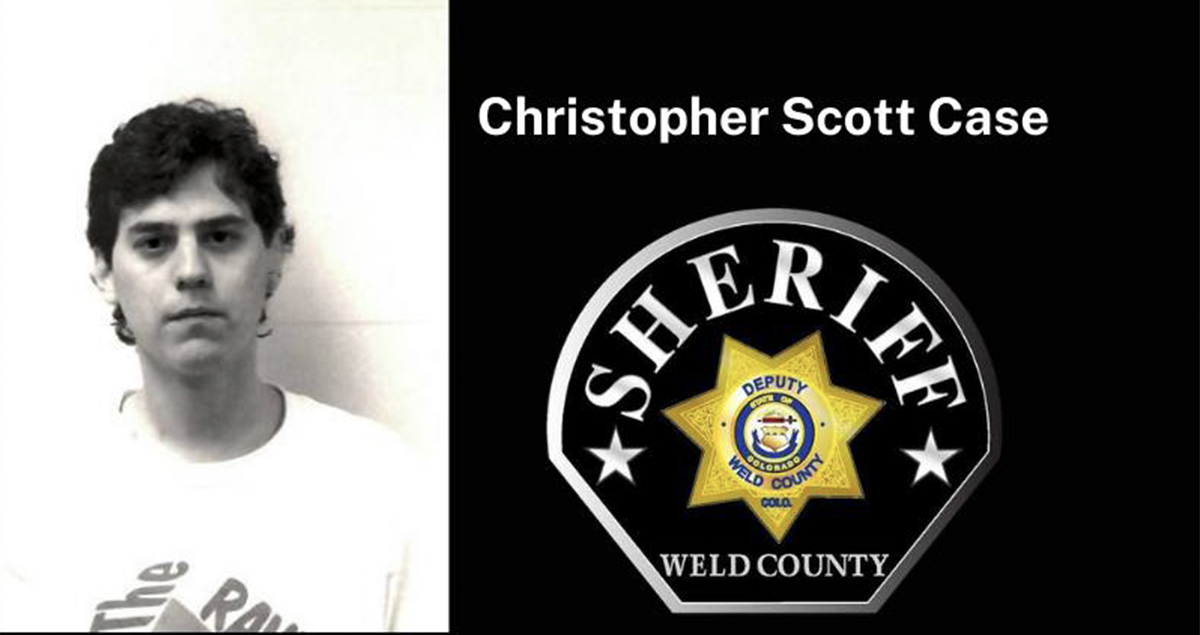Thanks to forensic genetic genealogy, the mystery surrounding a man’s body found in a Northern Colorado field has been solved. The investigation began on February 14, 2000, when a man walking his dog near E. 8th Street and Weld County Road 43 discovered human remains. Weld County deputies and investigators responded, finding no evidence of foul play. The remains were sent to an anthropologist who determined they belonged to a white male, aged 35-50 years old and 5-foot-4 inches tall. The body weight could not be determined, but a possible tattoo was noted in the center of his back.
Due to the advanced state of decomposition, investigators could not determine the cause or manner of death. The unidentified male was named John Doe 2000 by Weld County investigators.
In 2022, forensic genetic genealogy was conducted using DNA from John Doe 2000’s remains. This led to relatives in Nevada who willingly submitted their DNA to help solve the case. In December 2023, Cold Case Detective Byron Kastilahn received the breakthrough he had been waiting for when the genetic genealogy results identified John Doe 2000 as Christopher Scott Case. Further testing confirmed the identification.
“This case was as cold as they get. There was no evidence other than the human remains. If not for forensic genetic genealogy, Christopher Case would not have ever been identified,” said Kastilahn. “After learning about forensic genetic genealogy in 2020, I wanted to get all our unidentified human remains cases into that process. So far, we have identified three UHR cases, and I hope they can all be identified eventually.”
Before his death, Case was living in Rock Springs, Wyoming, and was last seen by his half-brother in 1998 in Nevada. Despite being missing for 24 years, Case did not appear on the Wyoming Division of Criminal Investigation missing person list.
The investigation had found no signs of trauma, and the cause of death remained undetermined due to the body’s decomposition. However, the identification of Christopher Case brings closure to a long-standing mystery and demonstrates the power of forensic genetic genealogy in solving cold cases.
Detective Kastilahn emphasized the importance of this technology in resolving such cases and expressed hope that all unidentified human remains cases could eventually be solved. The Weld County Sheriff’s Office remains dedicated to resolving all cold cases, showing unwavering commitment to justice and closure for the families of the missing.
Relatives of the victims have expressed their gratitude for the resolution of the case, highlighting the emotional impact of finally knowing the identity of their loved one after so many years. This breakthrough brings closure to Christopher Case’s family and underscores the critical role of advanced forensic techniques in modern investigations.


4 Responses
I remember reading about a similar case in my local news a few years ago. It was a cold case that had remained unsolved for decades, until forensic genetic genealogy came into play. The body of a young woman had been discovered in a remote area, and despite extensive efforts by law enforcement, her identity and the circumstances surrounding her death remained a mystery.
However, with advancements in DNA technology and the emergence of forensic genetic genealogy, there was renewed hope for solving the case. Investigators were able
There doesn’t appear to be any errors or inaccuracies in the given statement. However, without more specific information, it is difficult to verify the accuracy of the claim. To provide credible sources to support the claim, it would be necessary to know the specific case or incident being referred to.
1. Utilize online genealogy databases: When trying to solve a mystery using forensic genetic genealogy, make sure to explore various online genealogy databases. These platforms, such as Ancestry.com or MyHeritage, can provide valuable information about potential relatives and help you narrow down your search.
2. Collaborate with law enforcement agencies: Forensic genetic genealogy is a relatively new field, so it’s essential to work closely with law enforcement agencies. They can provide access to crime scene evidence
Wow, this is such an intriguing and well-written post! I love how you’ve highlighted the impact of forensic genetic genealogy in solving the mystery of the man’s body found in Northern Colorado. It’s great to see how advancements in technology and science are being used to bring closure to such cases. Keep up the excellent work in covering these fascinating stories!